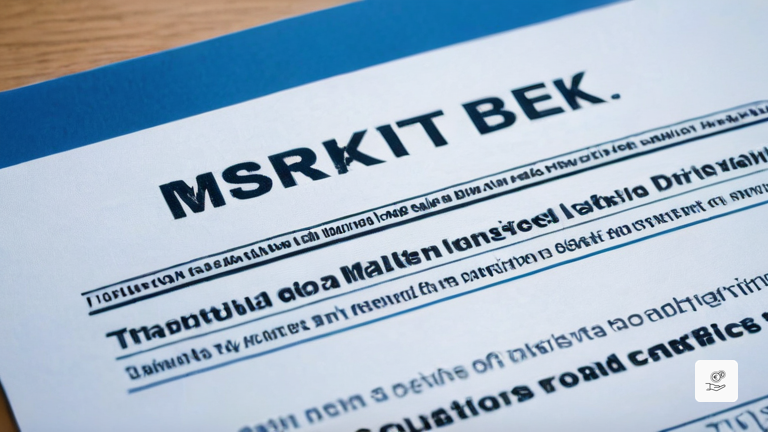Unveiling the Essence of Standardization in the Derivatives Market: A Comprehensive Guide

Introduction: Delving into the World of Standardized Derivatives
In the realm of financial markets, derivatives contracts stand as intricate instruments that demand a profound understanding for successful navigation. To facilitate seamless trading and mitigate risks, market participants have implemented a framework of standardization, establishing uniform guidelines and parameters that govern these contracts. This comprehensive guide delves into the intricacies of standardization in the derivatives market, exploring its benefits, implications, and the diverse range of standardized derivatives available to investors.
Defining Standardization: Establishing Consistency and Clarity
Standardization in the derivatives market refers to the establishment of a standardized set of rules, agreements, and procedures that streamline the trading process. It provides a common framework for all parties involved, ensuring consistency in the quality, characteristics, and execution of derivative contracts. By adhering to these standardized guidelines, market participants create a transparent and efficient trading environment.
Benefits of Standardization: Enhancing Market Dynamics
The implementation of standardization in the derivatives market offers a multitude of advantages that enhance market dynamics. Firstly, it ensures consistent quality across derivative contracts, guaranteeing that the characteristics and underlying assets remain the same regardless of the time of purchase. This consistency fosters trust and confidence among market participants.
Furthermore, standardization promotes greater liquidity in the derivatives market. By establishing uniform contract specifications, it becomes easier for buyers and sellers to find counterparties, resulting in faster execution times and tighter spreads. This increased liquidity attracts more participants to the market, further enhancing its efficiency.
Additionally, standardization reduces transaction costs for market participants. The streamlined processes and clear guidelines eliminate the need for extensive negotiations and customization, saving time and resources. This cost reduction makes derivatives trading more accessible to a broader range of investors.
Examples of Standardized Derivatives: Exploring Diverse Asset Classes
Standardized derivatives encompass a wide range of asset classes, providing investors with diverse investment opportunities. Some of the most commonly traded standardized derivatives include:
Over-the-Counter (OTC) Derivatives: Customized Contracts for Specific Needs
In contrast to standardized derivatives, over-the-counter (OTC) derivatives are customized contracts that are negotiated directly between two parties. These contracts are not traded on an exchange and offer greater flexibility in terms of contract specifications and underlying assets. However, OTC derivatives also carry higher risks due to the lack of standardized guidelines and the potential for counterparty default.
Standardization in Action: Unraveling the Mechanisms
Futures Contracts: Establishing Uniform Specifications
Exchanges that list futures contracts establish standardized specifications for each contract, including the contract size, trading hours, expiration date, settlement procedures, and underlying asset. These standardized specifications ensure that all futures contracts for a particular underlying asset are identical, making it easier for investors to compare and trade them.
Options Contracts: Defining Contractual Parameters
Options contracts are also standardized according to the specific guidelines of the exchange on which they are traded. These guidelines cover contract specifications such as the underlying asset, strike price, expiration date, and exercise style. Standardization ensures that options contracts for a particular underlying asset have consistent characteristics, making it easier for investors to understand and trade them.
Swaps: Facilitating Cash Flow Exchange
Swaps are standardized contracts that define the exchange of cash flows between two parties. These cash flows are typically based on different interest rates or currencies. Standardization ensures that swaps contracts for a particular underlying asset have consistent characteristics, making it easier for investors to understand and trade them.
Conclusion: Embracing Standardization for Market Efficiency
Standardization plays a vital role in the derivatives market, providing a framework for efficient and transparent trading. It establishes uniform guidelines and parameters that ensure consistent quality, greater liquidity, and reduced transaction costs. By embracing standardization, market participants can navigate the derivatives market with greater confidence and clarity, maximizing their investment opportunities and mitigating risks.
Whether you are a seasoned investor or a newcomer to the derivatives market, understanding the principles of standardization is essential for successful trading. By adhering to standardized guidelines and choosing standardized derivatives that align with your investment objectives, you can harness the power of this dynamic market to achieve your financial goals.




